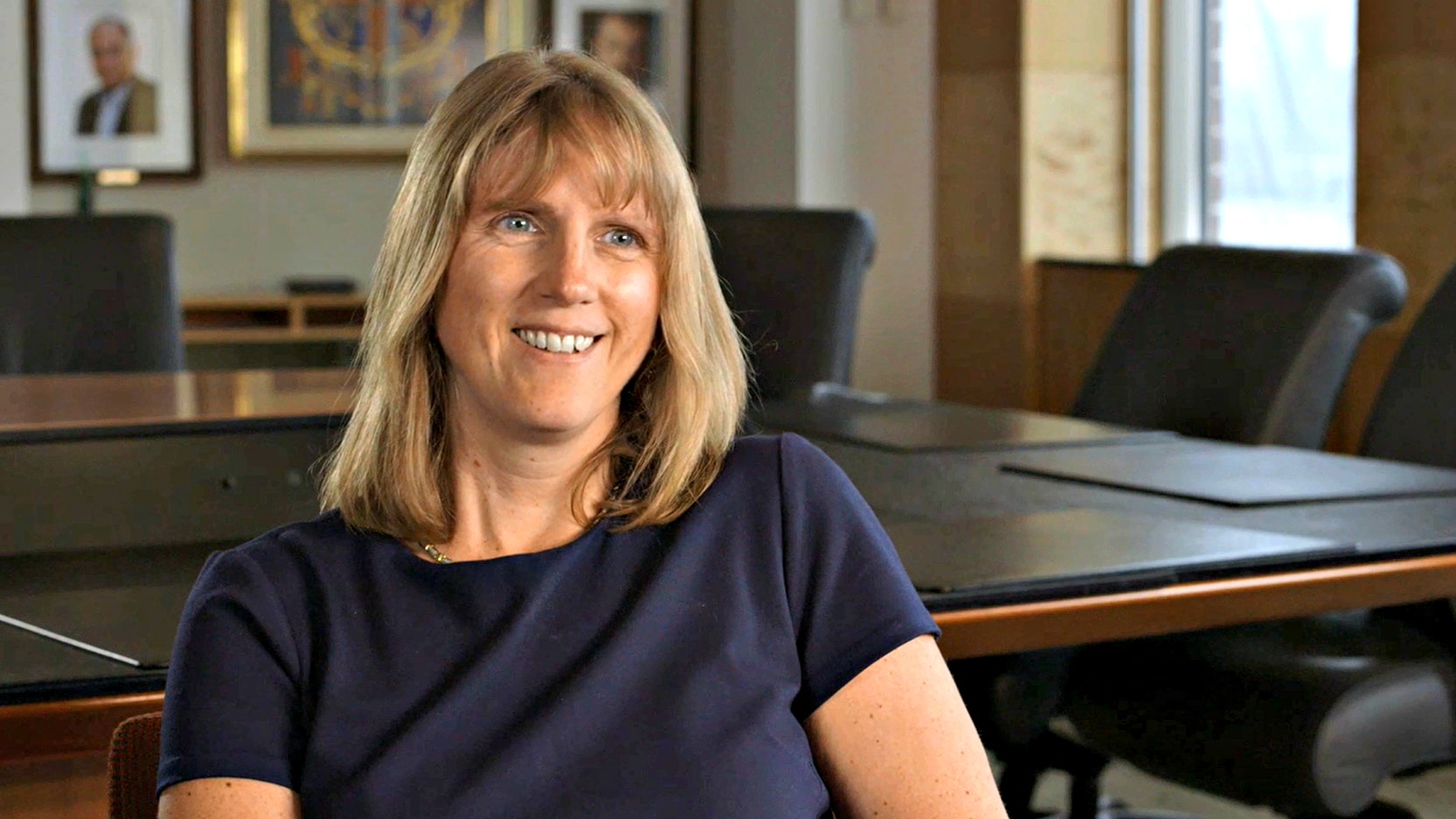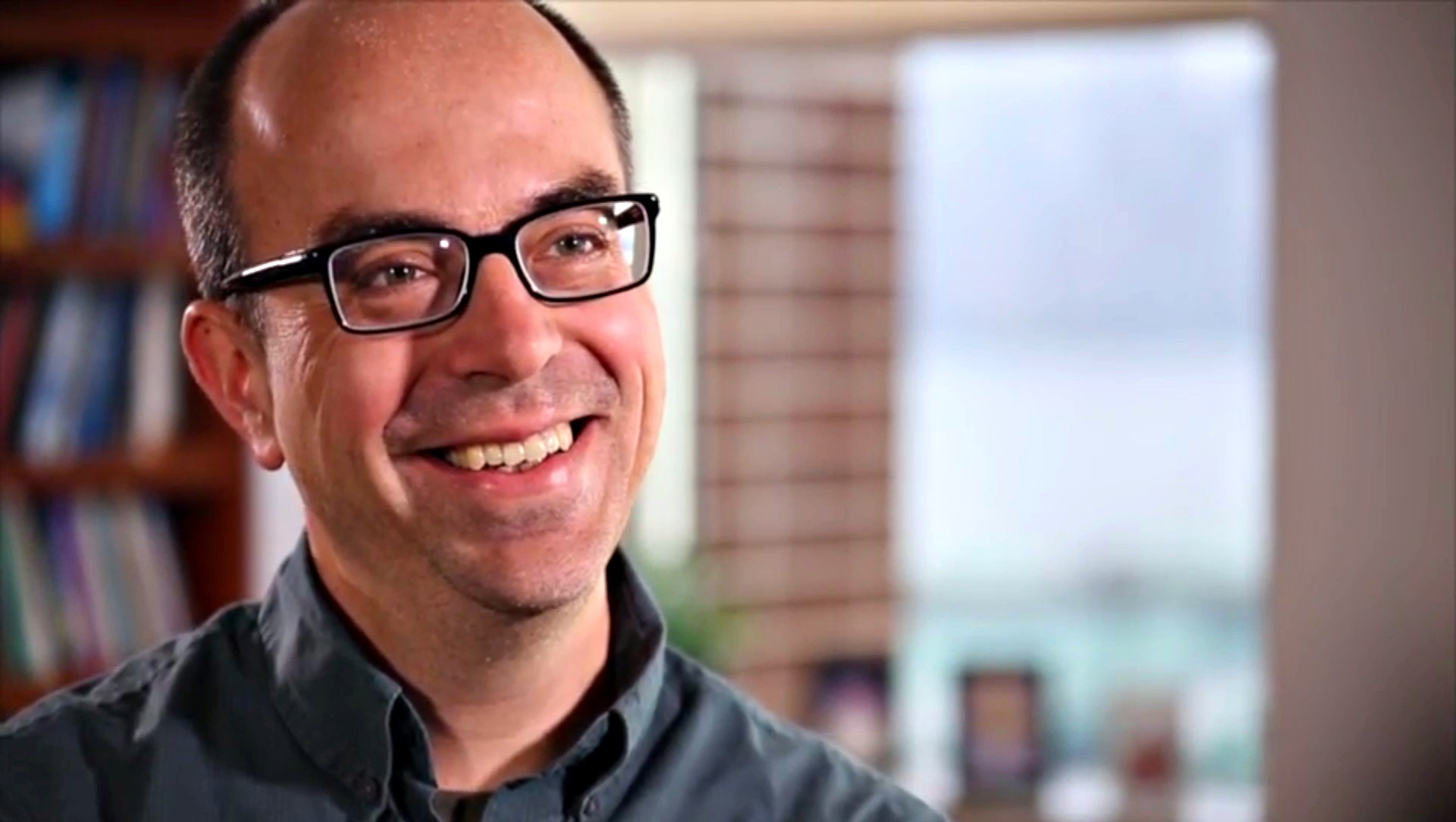Providing Online Faculty with Support Services Can Make the Difference
Published by: WCET | 1/26/2017
Tags: Course Design, Distance Education, Faculty, Instructional Design, Online Learning, Student Success, Teaching, Technology
Published by: WCET | 1/26/2017
Tags: Course Design, Distance Education, Faculty, Instructional Design, Online Learning, Student Success, Teaching, Technology
What is the attitude toward online teaching on your campus? What has it been historically? Today on WCET Frontiers we are thrilled to have guest authors from Wiley Education Services, blogging about an interview with two members of their faculty fellows program. These distinguished faculty share their background with teaching online, attitudes toward online teaching, thoughts on working with instructional designers, and advice for fellow instructors just starting out with online classes. Make sure to check out the resources suggested by the faculty and the post authors!
Thank you and enjoy the read!
-Lindsey Downs
Online learning has become the new norm for universities and colleges. However, faculty attitudes around teaching online can vary significantly, with some faculty showing great interest in making the transition to the online teaching modality and others feeling more skeptical.
We spoke with two members of the Wiley Faculty Fellows initiative, a select group of distinguished faculty from the network of Wiley Education Services’ partner universities, about their own experiences teaching in the online classroom. The Faculty Fellows group is focused on innovative teaching and learning and has helped advance new pedagogical and technological approaches at their own institutions. In speaking with them, our goal was to understand what factors and circumstances played a role in their enthusiasm for online education so that other higher education administrators can foster a similar environment for their faculty, thus increasing the overall success of their online learning offerings.
Q: Give us some background on yourself and your history with online learning.
Dr. Polly Smith: I am the Associate Provost for Online Learning at Utica College, managing 22 fully online programs. I have 12 years of online teaching experience. I teach a variety of sociology classes online and previously directed a master’s of liberal studies online.
Dr. Ray Klump: I am a professor and chair of computer and mathematical sciences at Lewis University. I have taught at Lewis since 2001.
I began teaching in a hybrid format to supplement my face-to-face classes with online enhancements, but I officially started teaching online in 2009. That’s when I had the opportunity to work with a Wiley Education Services’ instructional designer and a team that would provide guidance on the tools I should use online, how to transition course curriculum for online consumption, how to set learning outcomes, and how to measure them more effectively.
Q: You both have a long history with online education. What was your attitude when you first started teaching online and what do you think of it now? What impacted those feelings?
Dr. Polly Smith: At first I was very skeptical. My background is in secondary education and I thought that a traditional on-ground classroom was the best and only way to present content, achieve learning outcomes, and reach my goals as a teacher. But when I was first asked to teach a course online, I agreed because I’m a believer in the fact that you can’t knock something until you try it.
I began teaching online believing that I could do exactly what I did in the on-ground classroom, but that didn’t work. What I know now that I wish I had known at the beginning is that online education is not the same as teaching in a traditional classroom. The objectives are the same, the outcomes should be the same, but the way you deliver content is completely different.
As part of this realization, I learned that having the support of an instructional designer, who knows more about the technology and the techniques that work better in the online space, is perfectly okay! I am the content expert, but the instructional designer is the expert in the technology, the best way to lead a discussion, the types of learning activities you can use, and the best ways to do group work in an online setting. By working with an instructional designer, I am able to deliver my own content and curriculum in the most effective ways online. My experience would be very different without this support.
Dr. Ray Klump: As a computer scientist, I embrace technology and therefore had no fears about teaching online. I am always looking for new techniques and tools to keep things fresh and exciting in the classroom.
Teaching online has brought me a better sense of organization, which also carries into my face-to-face classes. I understand how to organize and structure a course to ensure that students are on the same page with me, that they know what’s expected of them, and that they can better chart their progress toward the end goals.
I believe I now have a clearer vision because I was forced to create a very clear picture of where students would be going as they continued through the course, which isn’t something that I had thought of doing when I started out teaching – online or on-ground.  Teaching online in partnership with an instructional designer has helped me create a very clearly articulated course map. And that, perhaps, is the biggest benefit that I have received from teaching online.
Teaching online in partnership with an instructional designer has helped me create a very clearly articulated course map. And that, perhaps, is the biggest benefit that I have received from teaching online.
Q: So you both worked closely with instructional designers for online course design. What was it like working with someone else to design your courses?
Dr. Polly Smith: As someone with a PhD who takes their content very seriously and believes that they are the expert, adjusting to working with an instructional designer was a challenge because I believed I had my course objectives and content delivery all figured out. I thought I could work with the students and could easily communicate my curriculum in the online space without changing my approaches. But it doesn’t work that way because the online environment is very different!
Instructional designers help you develop measurable course and module learning objectives, and then aid in determining how to best communicate that content in the online space. Their job is to identify and combine what’s comfortable for the faculty member, which is likely content or delivery methods that are more common to the traditional classroom, and adapt that to the new online space. You will witness the payoff of working with an instructional designer when you see your students respond to these new techniques and technology.
Dr. Ray Klump: It is a great privilege to have the opportunity to work with an instructional designer because they provide the guidance for how best to convey the material. Although the instructional designer doesn’t know the material, they certainly do understand how to make things clear and can recommend the right technologies, tools, and approaches that can make difficult material comprehensible to students online. This is helpful because, as a subject matter expert, I might not necessarily know where I’m being less clear or where students might need additional support.
An instructional designer is agnostic to the material, which means they are looking at it purely through the lens of a student who needs to understand. I think that’s very helpful. The instructional designer is there to provide guidance and to lend their very seasoned opinion on how best to convey the material and assess outcomes. And at a time when universities are being asked to focus more methodically on assessment than they used to because there is a lot external reporting that needs to be done, this collaboration is essential.
Q: Has what you have learned teaching and designing courses online informed your on-ground teaching?
Dr. Ray Klump: Teaching online has made me ten times the face-to-face instructor that I used to be, primarily due to the higher focus on organization and assessment. I used to believe that setting student learning outcomes, writing up the rubrics, and judging every assignment that came to you with a rubric would suck the joy out of teaching. But to be an effective online teacher, my instructional designer stressed that I needed to implement an organized assessment approach and I have found that has made me a much more effective instructor, both online and on-ground.
Q: All in all, what messages or words of advice would you share with a faculty member who is new to or highly skeptical of teaching online?
Dr. Polly Smith: If I were talking to a faculty member who was new to online teaching or still hesitant to try it, I would tell them to first take advantage of an instructional designer for support – that will save hours of frustration and improve the overall delivery of content online. They will help you communicate your ideas better in the online space, and that leads to far more satisfying instruction.
Next I would tell them that students want to interact with their instructor, they want to feel like they are important. When planning an online course, a professor needs to make sure that they have a plan for how they will communicate with students. Community in an online course does not automatically exist, but in my mind it is the key to the success of the online learning experience.
Implementing the support resources mentioned by Dr. Polly Smith and Ray Klump above for your institution’s online initiatives could help increase the effectiveness and satisfaction of your online faculty. For more online teaching tips, visit the Wiley Education Services’ blog.

Dr. Polly Smith
Associate Provost for Online Learning, Professor
Utica College

Dr. Ray Klump
Chair of Computer and Mathematical Sciences,
Professor Lewis University
Interview conducted and written by:

This interview has been edited for length and clarity.
